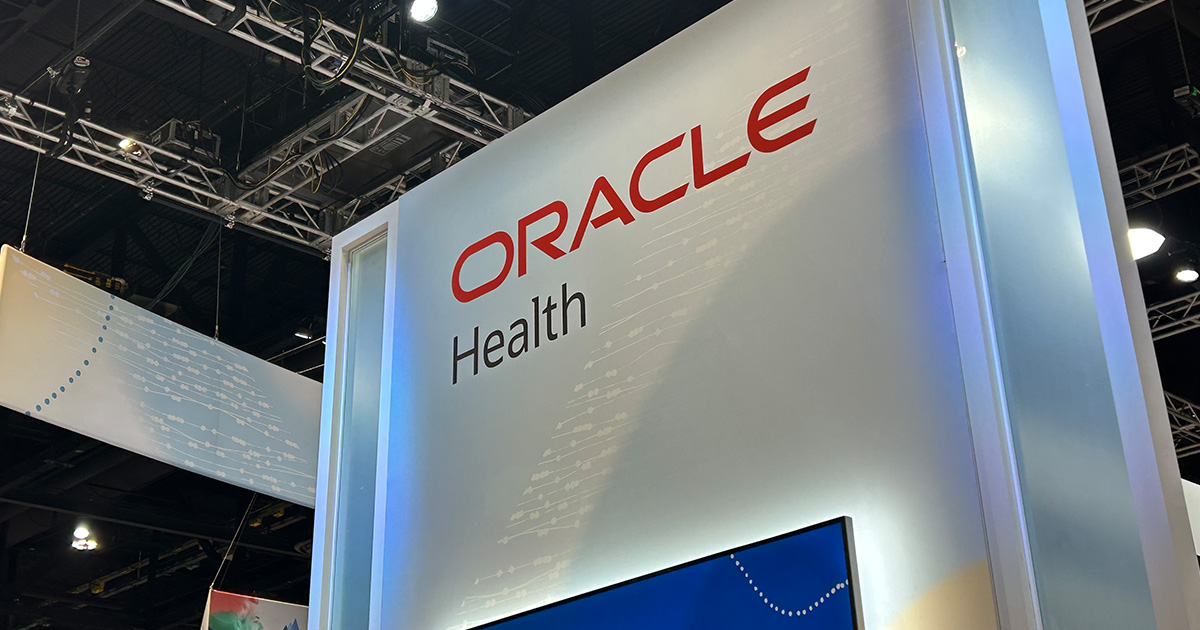John Berneike, MD, a family physician at St. Mark’s Family Medicine at the Utah HealthCare Institute has run into a host of difficulties with Stage 2 meaningful use certification.
[See also: Stage 2 changes may be rude awakening]
Berneike said he is grateful for certification, because as a physician from a small practice, with limited resources, it is good to have that product assurance. But now meaningful Stage 2 is mixing agony with that security.
The way he sees it, being an early adopter has put him in line for unintended punishment under Stage 2.
[See also: Stage 2 off to a slow start]
Here's just one example: He has to backtrack and fix problem lists created in narrative form by his well-meaning providers long before meaningful use Stage 2 came into being. It’s not something he – or the government – could ever have predicted would be such a headache, he said. Stage 2 requires all of this legacy data – 100,000 entries – to be converted into SNOMED, he told a federal panel at a certification hearing May 7.
Berneike wasn’t the only one at the hearing to describe the ‘punishment’ of early adopters.
Cletis Earle, vice president and CIO at St. Luke's Cornwall Hospital, in Hudson Valley New York, who testified on behalf of the College of Healthcare Information Management Executives, is optimistic about meaningful use. It helps healthcare organizations work toward providing better population health and creates "a platform for sharing," he said.
Much like Berneike, however, Earle is finding the move from Stage 1 to Stage 2 painful.
Going from meaningful use Stage 1 to Stage 2 required Earle’s IT team to make patches to more than 10,000 different codes initially, then a month later, another revision with about 6,000 to 8,000 code patches. “Those are resources we don't have — and I’m sure I speak for many of us,” he said.
Changes like those Earle describes appear to be coming from the vendor, when in reality, they are stemming from codes that weren’t adequately tested before they became a requirement.
"It seems we are all early adopters when our vendors are changing things at the last minute," Earle said. And even though policymakers have tried not to make things this difficult, they have ended up being so.
What policymakers determine in a requirement translates out to a whole plethora of unpredicted changes that IT departments must make. “There are so many nuances to it. Unfortunately it is what it is, to every system,” Earle said.
"I can reassure you the amount of work it takes to validate those systems is very real and very painful when it gets changed month after month because certified code doesn’t work in a practical manner," he said. "We are at the tail end, paying for those challenges."
Howard Hays, MD, is the CIO at Indian Health Service. IHS has used electronic health records since 2005, and health IT “long before that,” he testified at the hearing.
"We consider ourselves early adopters and meaningful users before the meaningful use incentive program came out,” Hays said. The MU program kicked up the adoption a notch and drove IHS facilities to be more full adopters, and for that, Hays says "he’s a fan."
Meaningful use, however, has also posed "risks and issues." The IHS system has required 38 upgrades that have had to be implemented in patches. This is much less than Earle or Berneike reported.
"Even that is daunting," Hays said, for fear of how this will affect the workflow configurations."


